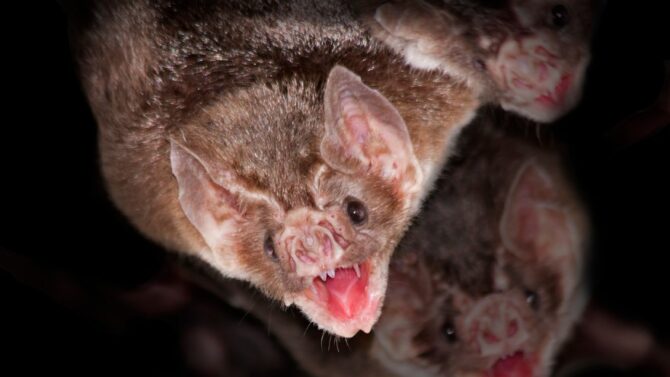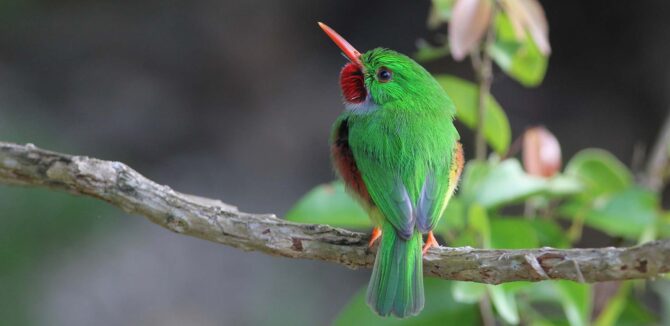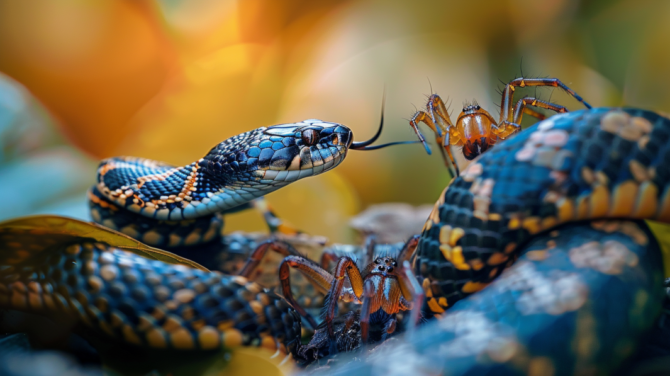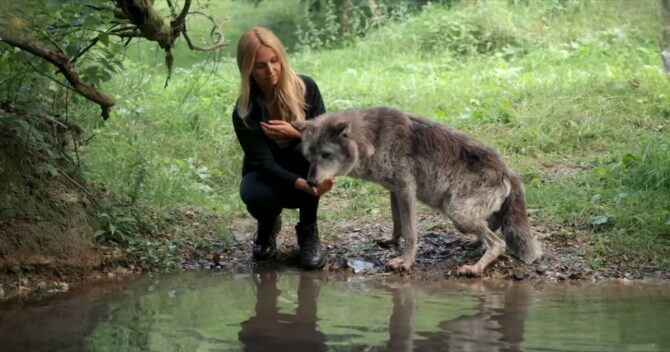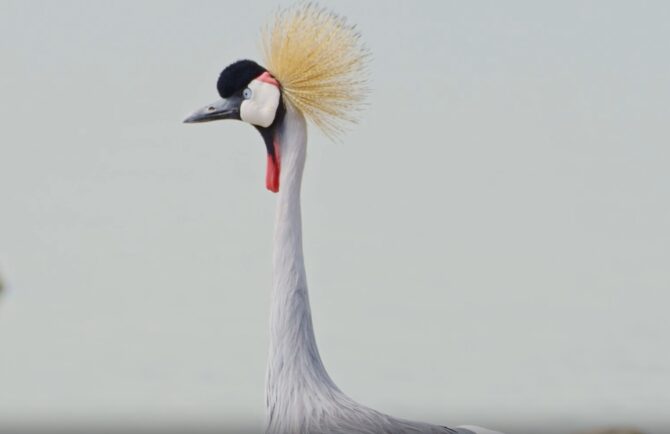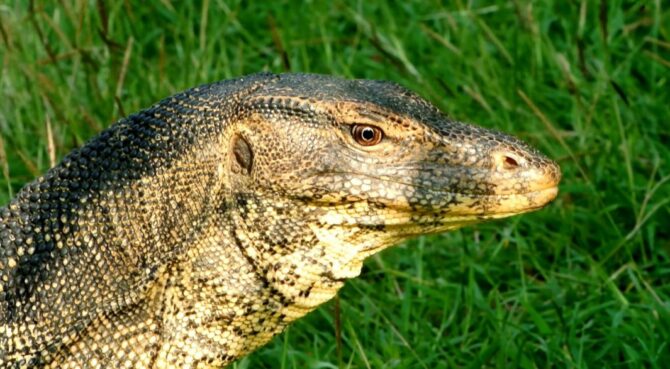Do vampires exist? Well, maybe not like Twilight and Hotel Transylvania. However, some animals would give Edward and Bella a run for their vampiric status.
These vampire animals gained the nickname due to their bloodsucking nature.
The act of sucking blood is known as hematophagy, and it characterizes these vampiric creatures.1
Blood-sucking animals include popular bugs like mosquitoes, blood-sucking conenose, fleas, predatory worms like the leech, as well as the common vampire bat, among others.
Read on to discover these animals that drink blood and what you need to know about them.
These Blood-Sucking Animals are Vampires in the Animal Kingdom
1. Mosquitoes
(Culicidae)
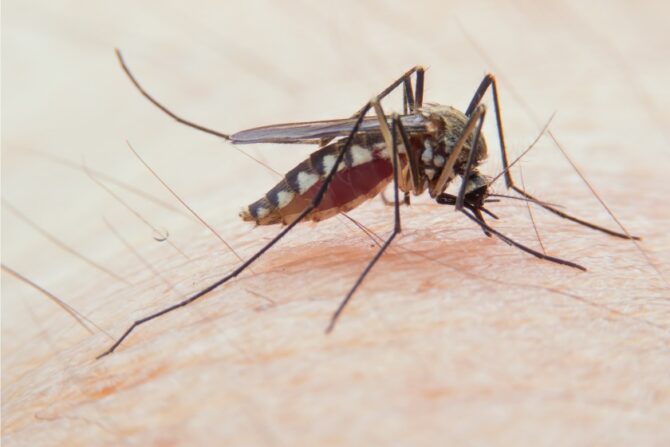
The most common animal that sucks blood is most likely the mosquito, especially the anopheles species.
Strictly speaking, only the female anopheles mosquito sucks blood as the male pollinates flowers more.
Females also feed on nectar, but they also require lipids and protein they only get from the blood of animals and humans.
They use an anticoagulant property to prevent the blood from clotting.
Unfortunately, the relationship mosquitoes have with humans is parasitic. These insects are vectors carrying enough parasites to cause diseases.2
Besides notorious malaria spread by the anopheles, other species also cause Zika and West Nile virus.
2. Leech
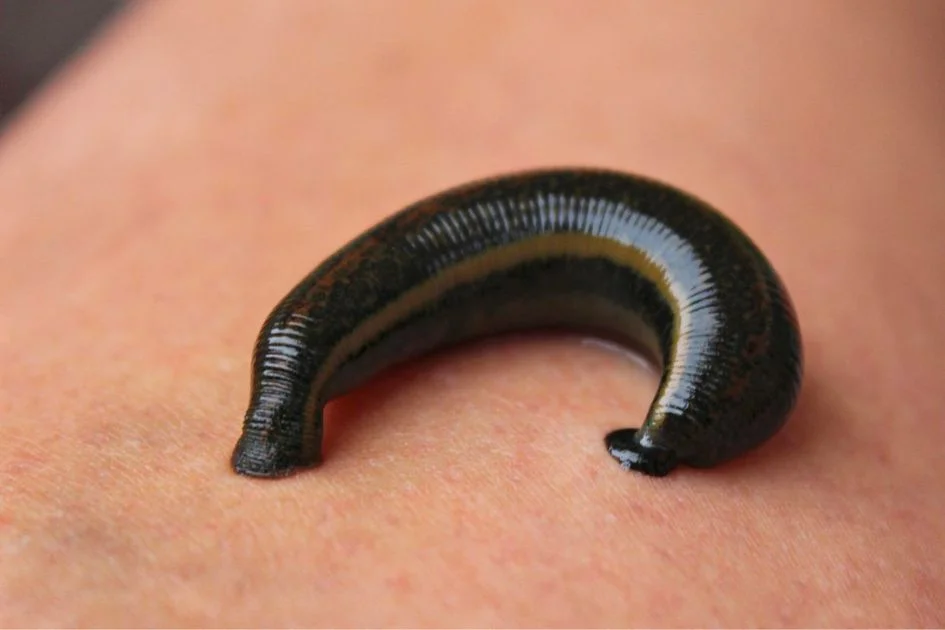
(Hirudinea)
There’s a reason the term ‘leech’ has become a derogatory way to describe someone who relies excessively on another, to the person’s detriment.
To be clear, there are over 650 leech species, and not all have an appetite for blood.
However, most people only know the bloodsucking species with suckers that they use to attach to their host to suck blood.
They release an anticoagulant named hirudin to keep the blood from clotting.
Leeches aren’t harmful like mosquitoes and are even known to have medical advantages.3
However, it can be unsettling to have an aquatic animal suck out your blood, so do well to avoid the freshwaters where they live.
3. Hood Mockingbird
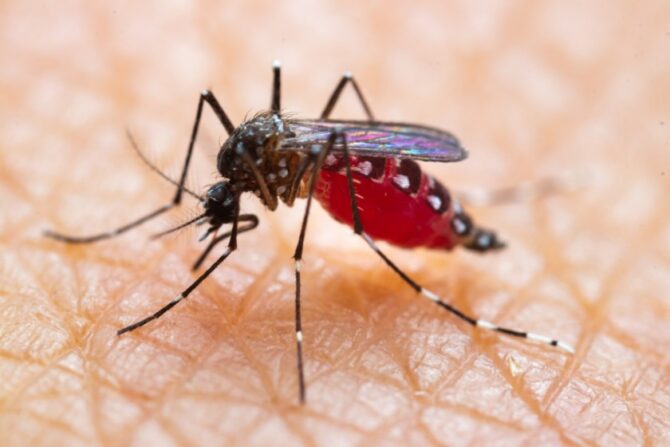
(Mimus MacDonaldi)
As surprising as it might seem to know that a bloodsucking bird exists, meet the hood mockingbird.
Endemic to the Española Island in Ecuador, this is a vulnerable species you won’t meet everywhere.
If you do encounter one, know that the hood mockingbird is territorial and aggressive. It isn’t afraid of humans and might even go on the offensive.
Fortunately, human blood doesn’t seem to be its main target.
The hood mockingbird is an omnivore and a scavenger, only sucking the blood out of wounded animals like seabirds. It also feeds on eggs and carrion.
4. Eastern bloodsucking conenose
(Triatoma sanguisuga)
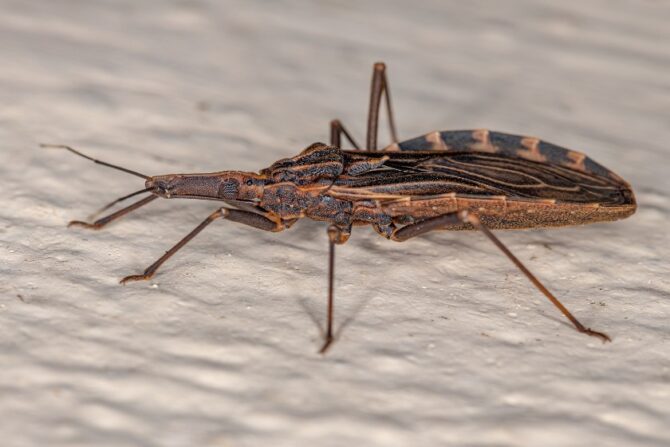
Also known as the Mexican bedbug, the Eastern bloodsucking conenose is found in the Triatominae subfamily.
This subfamily is termed “a kissing bug” due to its unexplained habit of biting people close to the mouth.
The Eastern bloodsucking conenose is a native of North and South America, so chances of encountering it are high.
In addition to biting, this insect is known to feed on blood during the night. It favors that of mammals, including humans.
On the surface, its bite is harmless. However, kissing bugs are generally carriers of the dangerous Chagas disease that may affect your heart.4
The bite also triggers serious allergic reactions in some individuals.
5. Flea
(Siphanoptera)
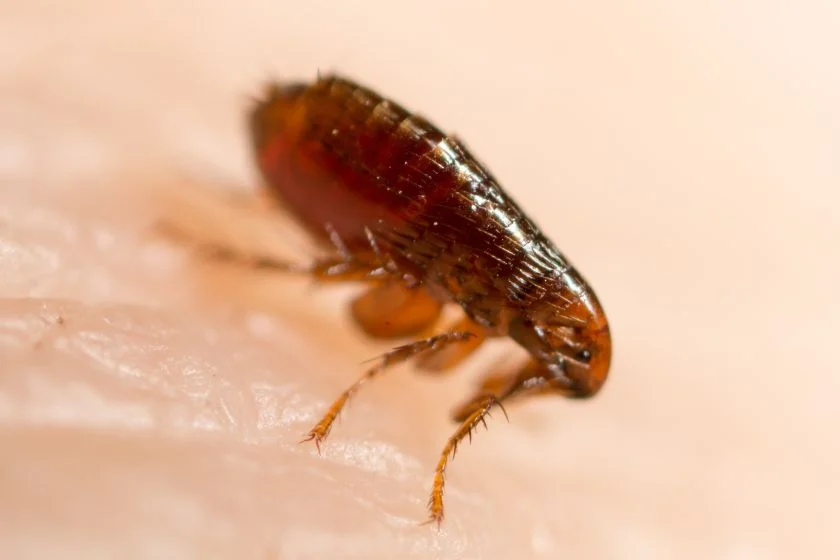
The flea is another common parasite and bloodsucker. It refers to all insect species under the order Siphanoptera, known for turning mammals and birds into their hosts.
Fleas don’t fly, but what they lack in flight, they make up in their jumping ability. They often prefer humid habitats.
A flea’s primary diet is blood, both from humans and from its animal hosts.
While these insects that suck blood are relatively harmless, they can be hard to eliminate as they multiply easily. Fortunately, there are methods to get rid of them.
6. Common Vampire Bat
(Desmodus rotundus)
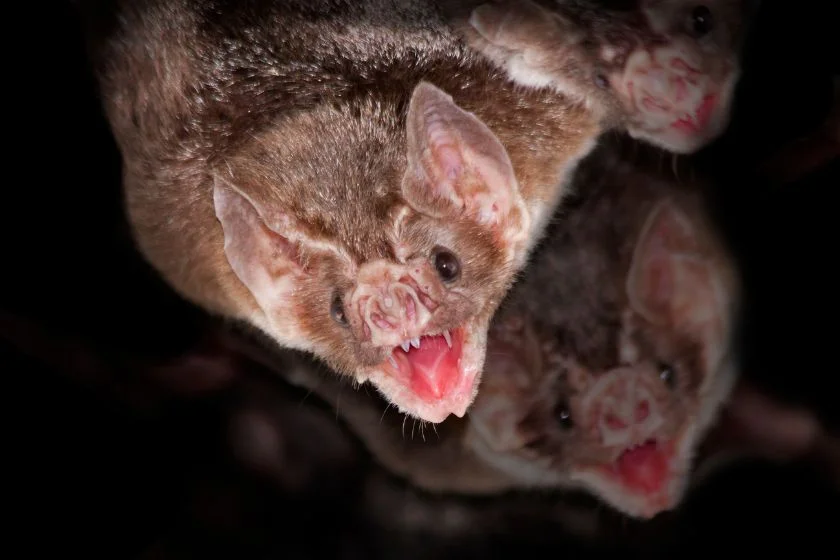
The common vampire bat is one out of three extant vampire bat species, and this creature is a possible reason people associate fictional vampires with bats.
The common vampire bat is the only mammal that feeds mainly on blood, an unusual quality worth studying.5
Vampire bats aren’t known to feed on the blood of humans. Rather, they concentrate on sleeping livestock like cattle, horses, and pigs.
Even more vampiric is the way they take the blood. Rather than suck, vampire bats cut with their teeth and lick the blood flowing out.
Their saliva contains anticoagulants that prevent blood clotting.
7. Tick
(Ixodida)
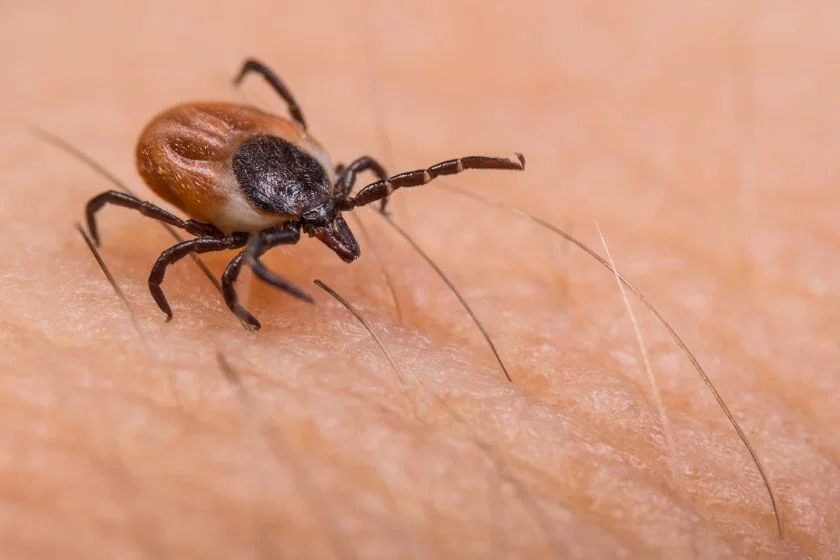
Ticks are widespread parasitic bugs that are sometimes compared to fleas.
They occur in many countries around the world, staying in mountainous or grassy areas. Ticks feed almost exclusively on blood but on humans and livestock.
Unlike fleas, ticks can’t jump. They use a method called questing to get their host.6
This involves them laying an ambush for the potential host and then grabbing hold when the host is close.
You may not know you have a tick on you as the saliva contains anti-inflammatory properties that soothe the pain.
The problem is that ticks can carry diseases like Lyme disease and Rocky Mountain spotted fever.
8. Butterfly
(Rhopalocera)
Yes, it is surprising to know that the beautiful pollinator also sucks blood, but true nonetheless.
While we often associate these insects with gardens, sunlight, and happiness, butterflies are known to have a taste for blood.
They aren’t like mosquitoes, however, so you don’t need to be wary of the next butterfly you see.
Butterflies often suck blood from rotten fruits, feces, and corpses. They also lick off sweat and tears.
This also may not be the best image you have of butterflies, but this odd dietary choice is for their good.
Blood and other liquids give nutrients like amino acids to these insects.
9. Bed bug
(Cimex)
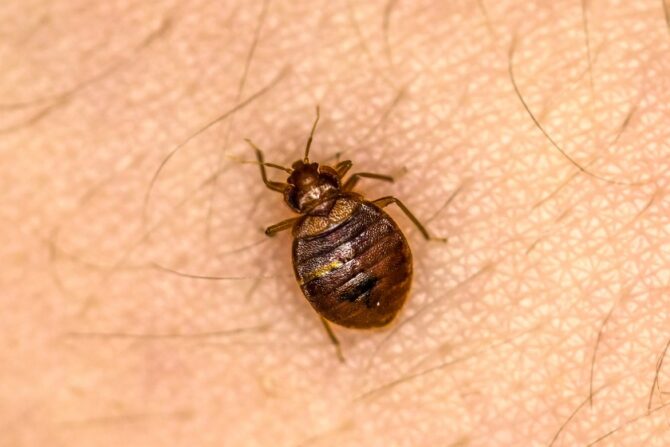
Bed bugs are so common they have their own cliche. These insects and mosquitoes have a lot in common.7
They are known to be more active at night, they are pests, and they feed on blood.
These insects have been enemies of humans for years, and the war continues.
Bed bugs have anticoagulant and painkilling properties in their saliva, so you won’t feel any pain from their bite.
They are also not known to carry any infectious diseases (this is where they part ways with mosquitoes).
However, the bed bug bite produces some adverse symptoms after some days, including itchiness, blisters, and allergic symptoms like fever.
10. Vampire moth
(Erebidae)
The vampire moth is an insect found in Europe and other places like Japan, Korea, and China.
It may not be very common in the United States. The vampire moth got its name from its bloodsucking abilities, though it is not known to be harmful to humans.
Vampire moths feed on a lot of vertebrates, including humans. Their proboscis can bite through any thick skin.
The only effect their bite has is some itchiness. Other than that, there are no known harmful symptoms.
11. Oxpeckers
(Buphagidae)
The oxpecker is a common name for the two species of birds that make up the Buphagus genus.
Both birds are found in Africa, and their name is inspired by the relationship they have with many ungulates like cattle.
The two species are the yellow-billed oxpecker and the red-billed oxpecker, found in different parts of the continent.
On the surface, the relationship between these birds and the cattle seems to be symbiotic.
The oxpecker feed on the ectoparasites found on these animals.
However, there is a parasitic side to the relationship as oxpeckers suck off blood from the gaping wounds of these animals and may worsen the injury.
12. Vampire ground finch
(Geospiza difficilis septentrionalis)
The vampire ground finch is a native of the Galapagos Islands and has a relationship with seabirds.
Though it is tagged as a vampire animal, this finch doesn’t suck blood as a main diet. It feeds more on insects and seeds.
However, Its main diet is sometimes scarce. That’s when it resorts to the blood of seabirds as supplementary.
Its main function is to pluck off insects from the seabirds, but on occasion will take blood as well.
13. Candiru
(Vandellia cirrhosa)
The candiru is a native of the Orinoco and Amazon rivers. It is a tiny catfish of the Trichomycteridae family, and it goes by other names like toothpick fish and—of course—vampire fish.
It is parasitic and must be a pain for other fishes.
The candiru attaches itself to other fish by entering into their insides from their gills.
There it stays and makes a feast out of other fishes’ blood.
14. Sea lamprey
(Petromyzon marinus)
The sea lamprey can be compared to the leech in shape, though there are many significant differences between the two.
They also share a similar taste for blood. This animal comes with seven gills and two fins, looking different from what you’d expect of a sea creature.
It is structured in a way that it can adapt to both saltwater and freshwater.
Using its sucker, teeth, and tongue, the sea lamprey feeds on the blood of other fish.
It holds on to the target fish using its teeth, then gets into the flesh and sucks through.
Sea lampreys are dangerous to other sea creatures as the victim of their attack often dies.
15. Cooper’s nutmeg
(Cancellaria cooperii)
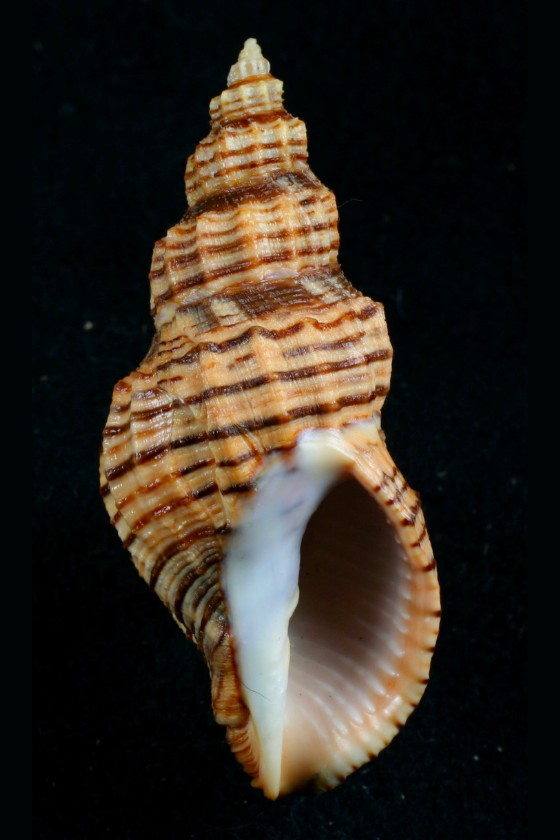
The final animal on the list is Cooper’s nutmeg, an inhabitant of the Pacific Ocean.
It is a large sea snail that can be found in California, even offshore. Humans aren’t their targets, however.
They are ectoparasites of a specific animal, the Pacific electric ray.
These animals attach to their hosts and can stay on them for up to 40 minutes. They primarily feed on the blood of the electric rays.
Final Thoughts
These blood-sucking animals above can be unsettling and even dangerous in many cases.
The mosquito, for example, is considered the deadliest animal in the world due to its disease spread, while the bedbug can also have psychological effects.8
However, they are a part of life, and many still play some positive roles, like the pollination of flowers.
Up Next…
References & Notes
Facts Sources:
- Hematophagy. ScienceDirect.
- Sato S. (2021). Plasmodium—a brief introduction to the parasites causing human malaria and their basic biology. Journal of physiological anthropology.
- What Is Leech Therapy? Healthline.
- Parasites – American Trypanosomiasis (also known as Chagas Disease). Center for Disease Control and Prevention.
- Laura Tran. 2022. Why Do Vampire Bats Have A Taste For Blood? The Chicago Council on Science and Technology.
- Nolen R. S. 2020. Beware the ‘questing tick.’ American Veterinary Medical Association.
- 2021. Bologna C. Here’s Why People Say ‘Don’t Let The Bedbugs Bite.’ HuffPost UK.
- Goddard J., Shazo R. 2012. Psychological Effects of Bed Bug Attacks (Cimex lectularius L.) The American journal of Medicine.
